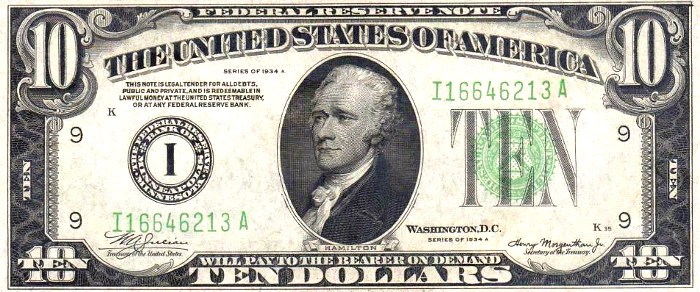
- FIVE DOLLAR BILL SERIAL NUMBER LOOKUP VALUE SERIAL NUMBERS
- FIVE DOLLAR BILL SERIAL NUMBER LOOKUP VALUE SERIES
Try a few songs on our piano below and you will see how easy it is for kids to get started using numbers.

Save reading music for later when kids are more comfortable with the geography of the keyboard. A Better WayĪ more realistic solution is to number the piano keys as in the online piano below. Kid's piano methods start with the white keys only, and that is for a very good reason: it is easier for kids to understand. This is sure to frustrate you or your child. Look at the book included with Roland electronic instruments, and you will find the sheet music to the first several songs have three to six black keys in each song. They are so advanced that kids just stare blankly at them, unable to use them or make music. If you’re unable to read music fluently, even the ridiculous “songbooks” included with new pianos will be of little use to you or your child. No matter what piano you get, you will be presented with the problem of how will you play. How Will You Read Music When You Get A Piano? There's no way your child will be able to start with reading music, so think ahead and finder a " starter method" that your child can have fun with. SELLING OR BUYING?īut if you're thinking of buying a piano, you might want to think of how your child will play the instrument once you have purchased it. You may have to Google the name and make a search of your own, if you don't find the name listed on the BLUEBOOK page.

If the number is unique or has a star after it, it could be valuable. This is an eight-digit number that is printed twice on all paper money, and it has one or two letters as a prefix, depending on the denomination. Often there is difficulty locating information on a particular piano, and this is because the same piano can be listed under different brand names.īefore 1926, there used to be thousands of piano companies and they were always buying each other out, thus renaming one name to another. To know whether your dollar bill could be worth more than just 1, you need to examine the serial number. SEARCHING IN OUR SEARCH BAR WILL NOT YIELD RESULTS. Old, neglected pianos are notoriously hard to work on and are famous for snapping strings, a further expense, due how brittle the string can become with age. The age of the piano is the biggest indicator of how easy it will be to tune and repair, and thus affects the value greatly.
FIVE DOLLAR BILL SERIAL NUMBER LOOKUP VALUE SERIAL NUMBERS
The best place to look up piano serial numbers is a website known as the “ Bluebook” of piano historical research. You will find it in front of the tuning pins, usually stamped in ink on the metal frame. Every piano has a serial number, just like a car with a VIN number. You may want to find out the age of the piano. You’re doing a piano serial numbers lookup if you need more information about a specific piano.
/TwoDollar-59f61682519de20011ef60f4.png)
Give kids a quick and happy start, and confidence at the piano. Statesman, inventor, diplomat, and American. The first United States Note with this value was issued in 1862 and the Federal Reserve Note version was launched in 1914, alongside other denominations. The 2nd letter refers to the number of times that serial number has been used, with A representing the 1st time, B the 2nd, and so on. The 1st letter preceding the serial number corresponds to the Federal Reserve Bank branch that printed the bill (A Boston, B New York, and so on).
FIVE DOLLAR BILL SERIAL NUMBER LOOKUP VALUE SERIES
Find the type of note you possess and click its series year and letter if applicable.Kids play fun, familiar songs right away with our number system. The United States one-hundred-dollar bill (100) is a denomination of United States currency. Serial numbers contain 8 numerical digits.Click the denomination of your note (value in dollars) below.Getting Cash for Your Old Currency is Easy as 1-2-3: The following links go directly to our sister site, This website has complete listing of nearly all collectible United States paper money, in addition to prices we’ll pay right now for your currency.


 0 kommentar(er)
0 kommentar(er)
